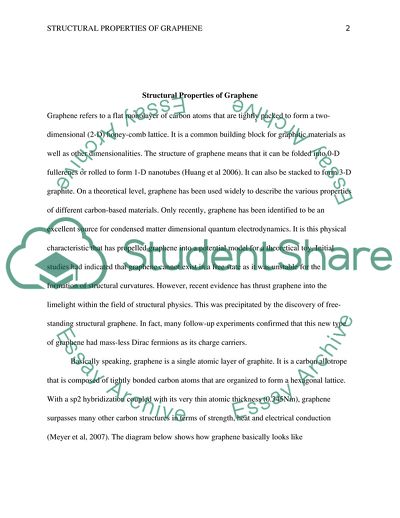Cite this document
(Structural Properties of Graphene Report Example | Topics and Well Written Essays - 2000 words, n.d.)
Structural Properties of Graphene Report Example | Topics and Well Written Essays - 2000 words. https://studentshare.org/physics/1819636-structural-properties-of-graphene
Structural Properties of Graphene Report Example | Topics and Well Written Essays - 2000 words. https://studentshare.org/physics/1819636-structural-properties-of-graphene
(Structural Properties of Graphene Report Example | Topics and Well Written Essays - 2000 Words)
Structural Properties of Graphene Report Example | Topics and Well Written Essays - 2000 Words. https://studentshare.org/physics/1819636-structural-properties-of-graphene.
Structural Properties of Graphene Report Example | Topics and Well Written Essays - 2000 Words. https://studentshare.org/physics/1819636-structural-properties-of-graphene.
“Structural Properties of Graphene Report Example | Topics and Well Written Essays - 2000 Words”. https://studentshare.org/physics/1819636-structural-properties-of-graphene.


